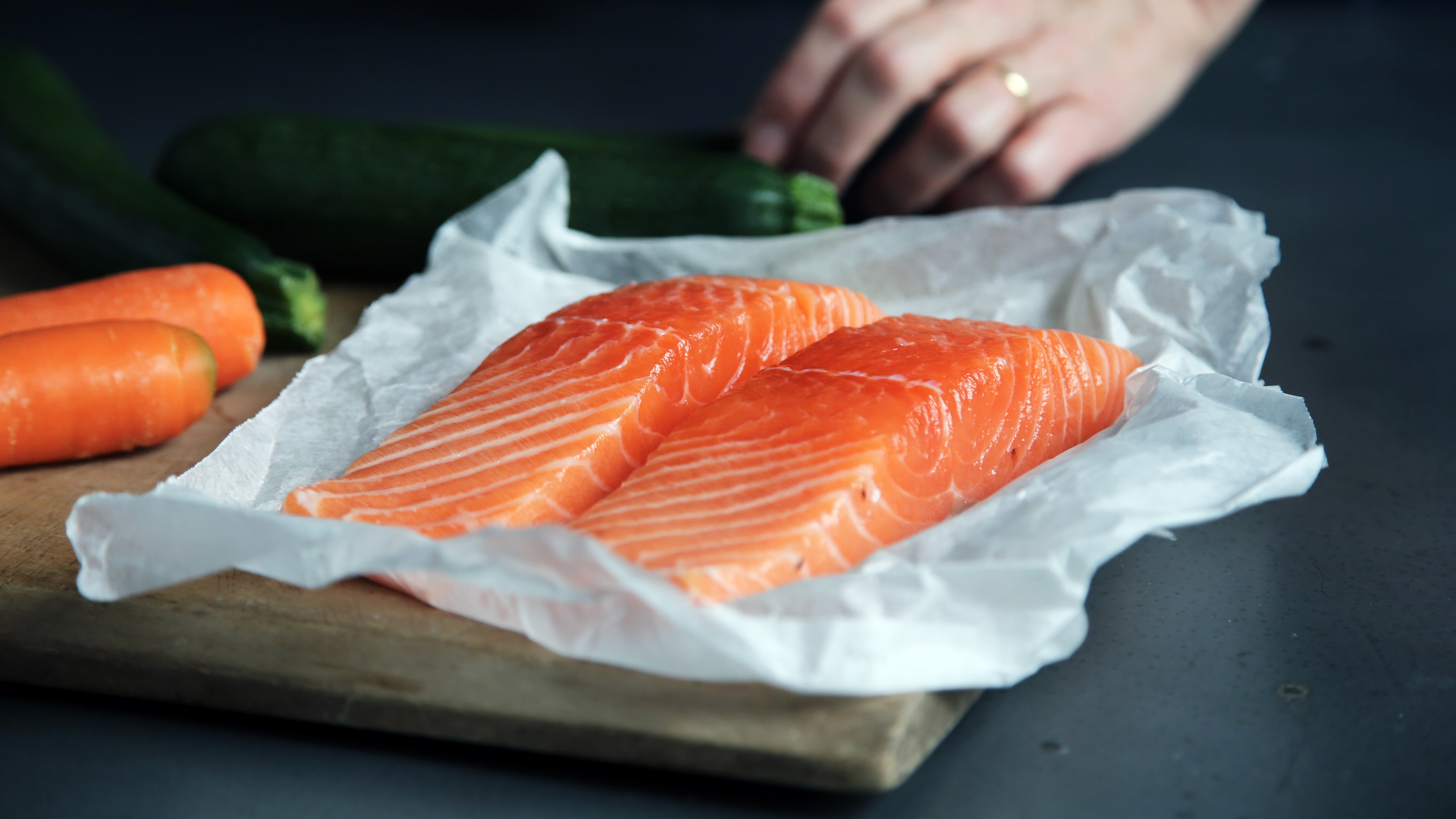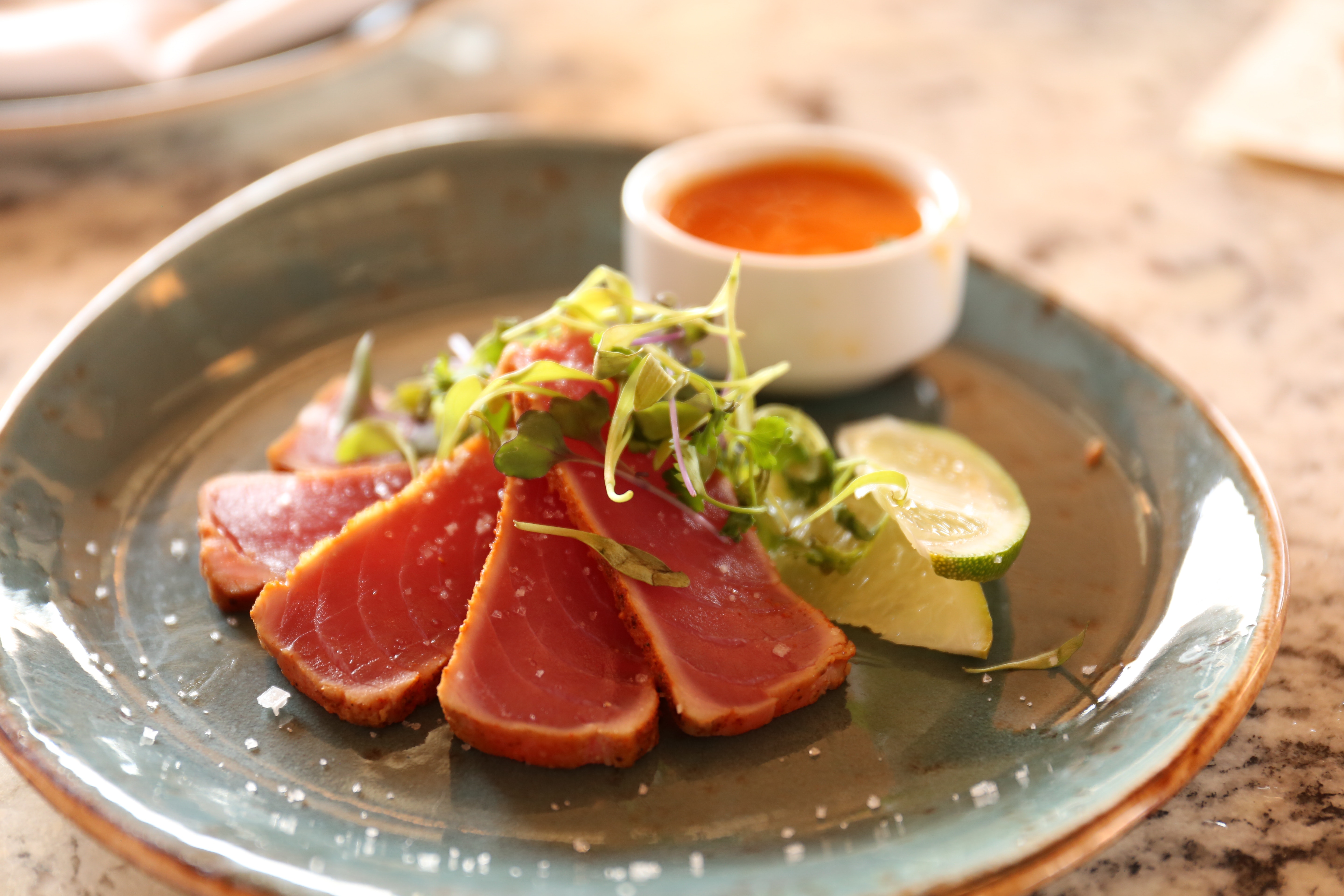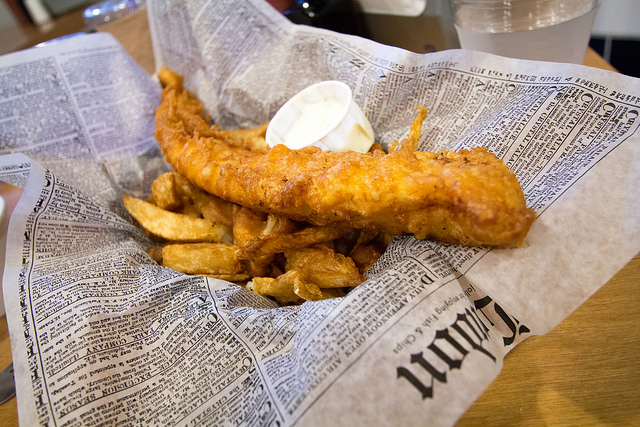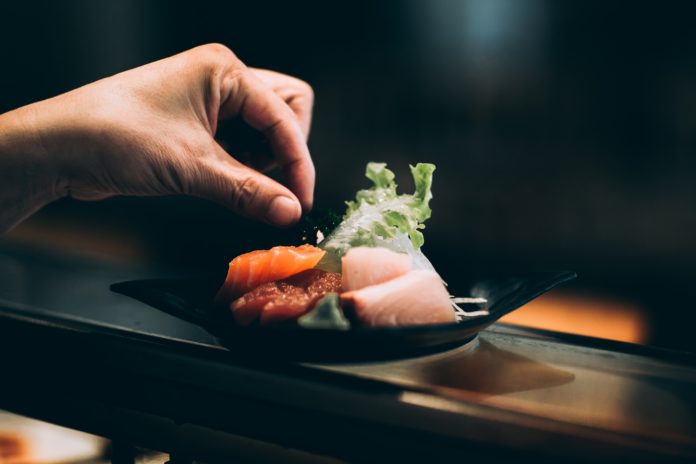When done right, cooked seafood is a tender, succulent meat that explodes with flavor. When prepared incorrectly, well, let’s just say you’d rather avoid it.
If cooking fish is something you fear deeply, please relax. It’s really not so scary, as long as you have the right knowledge. Take a few moments and read the following fish facts. By the end, you’ll feel like a seasoned veteran.
It All Starts At The Store

If you have a bad plate of fish, don’t always blame the cook. Sometimes the root of the problem goes all the way back to the fish itself.
The most important part of preparing and cooking a delicious fish is buying the best quality possible. That’s more difficult than you think, as loads of questionable seafood exist all over the world.
Your best bet is to find a local fish monger who you can trust and who knows their stuff well. The freshest fish should have a little smell, but not strong at all. Once you find your dream catch, it’s time to store it.
Cold And A Little Moist
https://www.instagram.com/p/BZzM7TIhs6h/?tagged=fishonice
When it comes to storing fish, all you need to know is the sentence “cold and a little moist.” If you’re not going to cook the fish for a day or two, wrap it up in plastic or parchment paper and set on top of an ice bowl in your fridge.
You don’t want to freeze the fish or put it in a bowl of water. Too much of either will break down the fish. Ideally, it’s best to cook fish the same day you get it. If that’s the case, just keep it in your fridge until you’re ready to use it.
Skin On Or Off For Salmon?

One of the biggest mistakes for cooking healthy wild salmon is taking the skin off before cooking. Whether or not you plan to eat the skin, make sure to leave it on during the cooking process.
If you want to remove it, then cook the salmon skin side up. Cooking it skin side down though will help develop a delicious, crispy layer of your salmon. Both ways, the skin helps to seal in flavor and those valuable juices.
Protect The Tuna

There are a few errors one can make when cooking a tuna steak, but the most significant mistake is choosing Pacific Bluefin Tuna. Even if it’s your favorite tuna in the world, avoid it if possible. Not only is it comically expensive, but this tuna is incredibly close to extinction.
Instead, go for a yellowfin tuna, also known as ahi. It’s relatively easy to find in the market and has a similar taste to bluefin.
Tuna is at its absolute best when not overcooked. The bare minimum is just a quick sear, leaving you with a rare, sushi-like tuna. Of course, if you want it to be cooked more, just cook it until it starts to flake but stays pink in the middle.
Use More Beer!

If you needed an excuse to buy more beer, here it is. When cooking authentic fish and chips, the best batter is one made with beer. By dipping your fish in flour and then beer batter, everything will coat evenly and crisp up to perfection.
When frying, your cooking oil should be no lower than 320º F and no higher than 375º F. We can’t stress enough—the best-fried fish is all about the batter. To take it to the next level, serve with healthy doses of lemon and tartar sauce.















